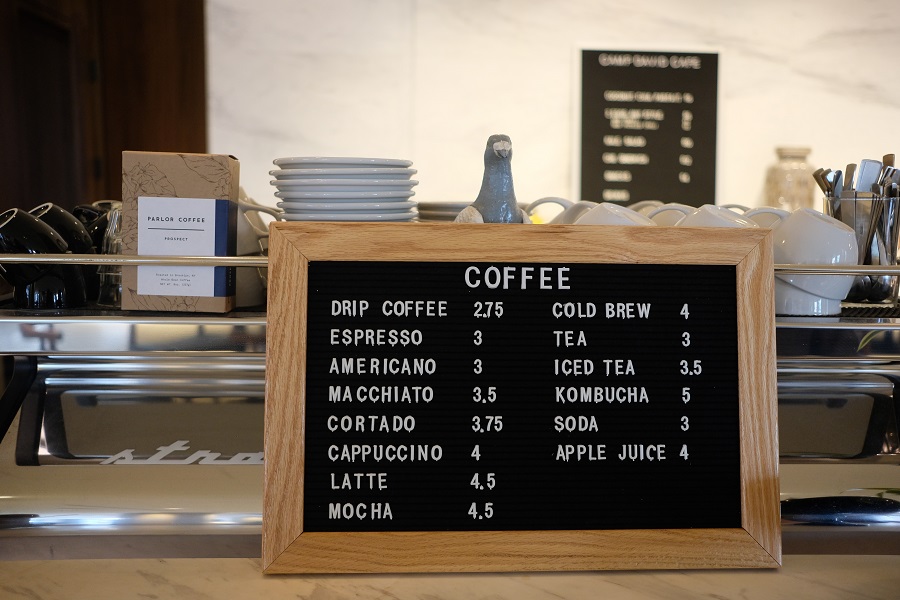Cafe Bistro for Fresh Brews and Premium Cuisines in a Kicking Back Atmosphere
Cafe Bistro for Fresh Brews and Premium Cuisines in a Kicking Back Atmosphere
Blog Article
Exactly How to Select the Right Kind of Coffee for Your Preference Preferences
Choosing the perfect coffee to enhance your taste choices requires an educated strategy to both bean ranges and developing techniques. Checking out various developing approaches can improve these flavors, additionally personalizing the coffee experience.
Comprehending Coffee Beans
Understanding coffee beans is crucial for any coffee lover looking for to enhance their brewing experience. The foundation of a wonderful cup of coffee depends on the kind of beans selected, each offering unique tastes and features. Coffee beans generally fall right into 2 key categories: Arabica and Robusta. Yemen Grill. Arabica beans are known for their smooth, complicated flavors and fragrant top qualities, commonly favored for specialized coffees. They thrive at higher altitudes and are much more vulnerable to insects, leading to a higher price point.
Alternatively, Robusta beans contain a greater high levels of caffeine web content and are identified by a more powerful, extra bitter taste. They are hardier and grow at reduced altitudes, making them cheaper and usually used in coffee blends for included crema.

Exploring Developing Techniques
Discovering different developing methods is critical for unlocking the full possibility of picked coffee beans. Each method uses an unique technique to removing fragrances, structures, and flavors, inevitably affecting the total coffee experience. Typical developing techniques include drip, French press, coffee, and pour-over, each with its unique qualities and demands.
Drip brewing is popular for its ease and uniformity, making use of a paper or metal filter to separate coffee grounds from the brewed drink. French press, on the other hand, permits complete immersion of coffee premises, resulting in an abundant, robust taste profile. Espresso is a concentrated kind of coffee created by requiring warm water through finely-ground coffee, producing a bold shot that acts as the foundation for different drinks like cappuccinos and cappucinos.
Pour-over developing grants the user greater control over the removal procedure, enabling exact modifications in water temperature and circulation price. This approach typically highlights the detailed tastes of specialty coffee beans. Ultimately, the choice of developing technique ought to align with individual preferences and wanted taste outcomes, establishing the stage for a satisfying coffee experience customized to private tastes.
Identifying Taste Profiles
Determining taste profiles is important for valuing the nuances of various coffee ranges. Coffee's flavor is affected by several variables, including the beginning of the beans, the processing approaches, and the roast level. Each of these components contributes to a complex spectrum of tastes, which can vary from flower and fruity to earthy and nutty.
To start identifying taste profiles, take into consideration the coffee's origin. Beans from areas such as Ethiopia commonly exhibit brilliant level of acidity and fruity notes, while those from Colombia may present a smoother, caramel-like sweet taste. The processing technique also plays an essential duty; for circumstances, washed coffees have a tendency to have cleaner, brighter flavors contrasted to all-natural processed beans, which can exhibit a lot more pronounced fruitiness.
Light roasts typically retain more of the bean's original characteristics, while dark roasts may introduce deeper, smokier flavors. Developing a palate for these tastes enhances your coffee experience, allowing you to value the distinctive top qualities of each variety and ultimately guiding your selection toward the coffee that aligns with your taste preferences.
Matching Coffee to Preferences
When it comes to matching coffee to individual preferences, recognizing personal preference is extremely important, as it permits an extra tailored coffee experience. Each coffee enthusiast has unique flavor inclinations that can direct their options, making it necessary to comprehend these preferences before picking a mixture.
For those likely towards sweeter notes, coffee types with all-natural sweet taste, such as Ethiopian Yirgacheffe or Brazilian Santos, may be especially attractive. On the other hand, if a preference leans towards bold and robust tastes, choices like Colombian Supremo or Sumatran Mandheling can give the wanted strength.
In addition, the acidity degree plays an essential role in the coffee selection process. Coffee aficionados who appreciate an intense, tasty preference may prefer light roast coffees, whereas those that like a smoother, lower-acid experience may choose dark roasts. Furthermore, the choice of brewing technique can dramatically influence flavor assumption; as an example, coffee tends to concentrate tastes, while pour-over techniques permit a much more nuanced account.
Inevitably, matching coffee to preferences includes a careful consideration of taste profiles, acidity, and developing techniques, ensuring a delightful and rewarding coffee experience customized to individual preferences.
Try Out Various Selections
To really value the varied world of coffee, try out various varieties is necessary. Each coffee bean possesses special taste profiles affected by link elements such as beginning, processing approaches, and roast levels. By discovering different kinds, you can uncover a range of preferences that may straighten closely with your choices.
Begin your trip by trying beans from various regions, such as Ethiopian Yirgacheffe with its bright level of acidity and flower notes, or Colombian Supremo, recognized for its well balanced flavor and mild sweetness (Yemen Grill). Furthermore, consider trying out different handling techniques, such as cleaned versus natural, which can dramatically alter the last taste
Roast levels also play an essential function; light roasts usually maintain the bean's innate flavors, while dark roasts provide bolder, a lot more durable profiles. When trying out, remember on each variety's flavor characteristics and your overall impression.
Taking part in samplings, whether at neighborhood cafés or via curated registration solutions, can even more enhance your understanding. Ultimately, embracing a selection of coffee kinds enables you to fine-tune your palate and discover your individual faves within the huge coffee landscape.
Final Thought
Finally, choosing the suitable coffee type necessitates an understanding of numerous Learn More Here beans, developing approaches, and taste accounts. By thoroughly discovering the differences in between Arabica and Robusta ranges, along with diverse developing methods, coffee enthusiasts can discover combinations that straighten with specific taste preferences. Trial and error with different ranges even more enhances the coffee experience, ultimately leading to a more individualized and rewarding enjoyment of this precious drink. Such a method fosters a much deeper recognition for the complexities of coffee.
Comprehending coffee beans is necessary for any type of coffee lover looking for to boost their developing experience. Comprehending these nuances allows coffee fanatics to select beans that straighten with their preference choices, paving the way for a more customized weblink and satisfying coffee experience.

Establishing a taste for these flavors improves your coffee experience, permitting you to appreciate the distinct qualities of each range and ultimately directing your option toward the coffee that straightens with your taste preferences.
Coffee aficionados who appreciate a brilliant, tasty taste could favor light roast coffees, whereas those who like a smoother, lower-acid experience might choose for dark roasts.
Report this page